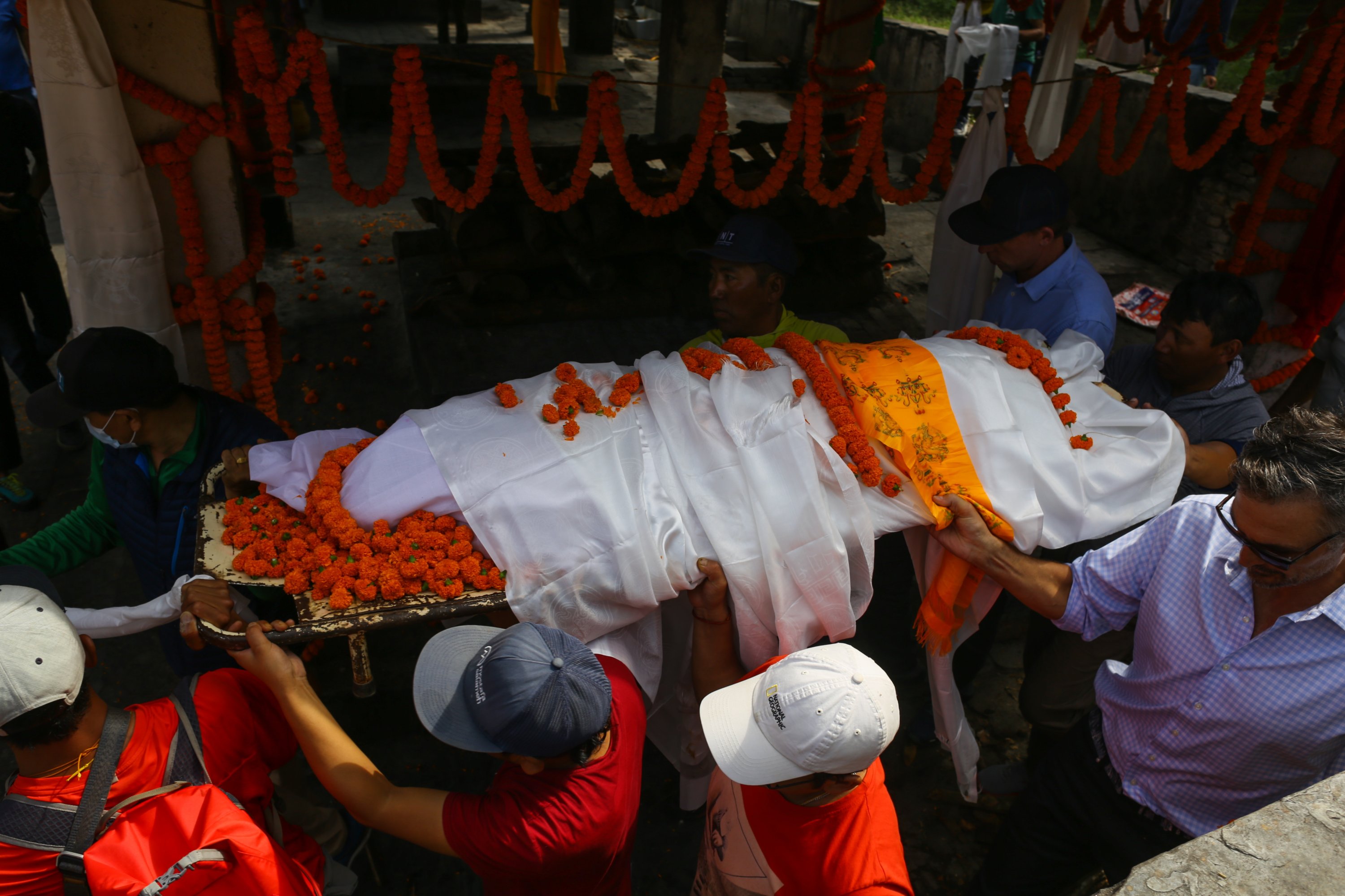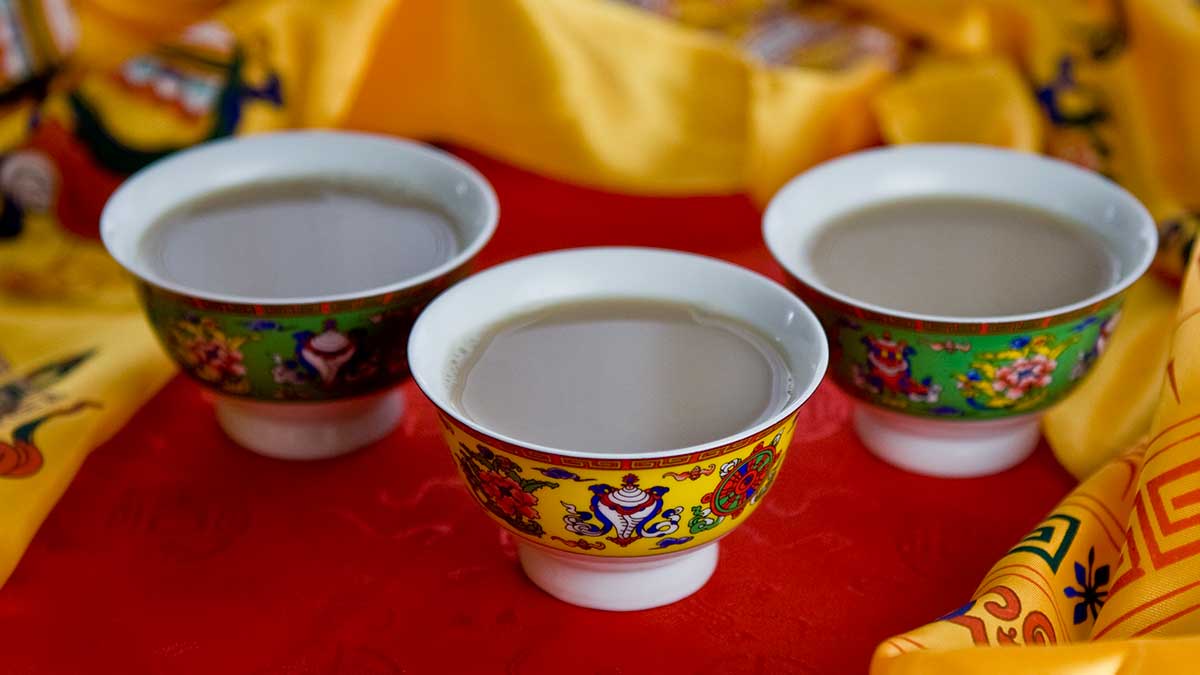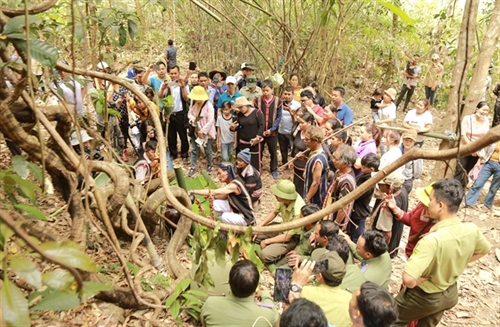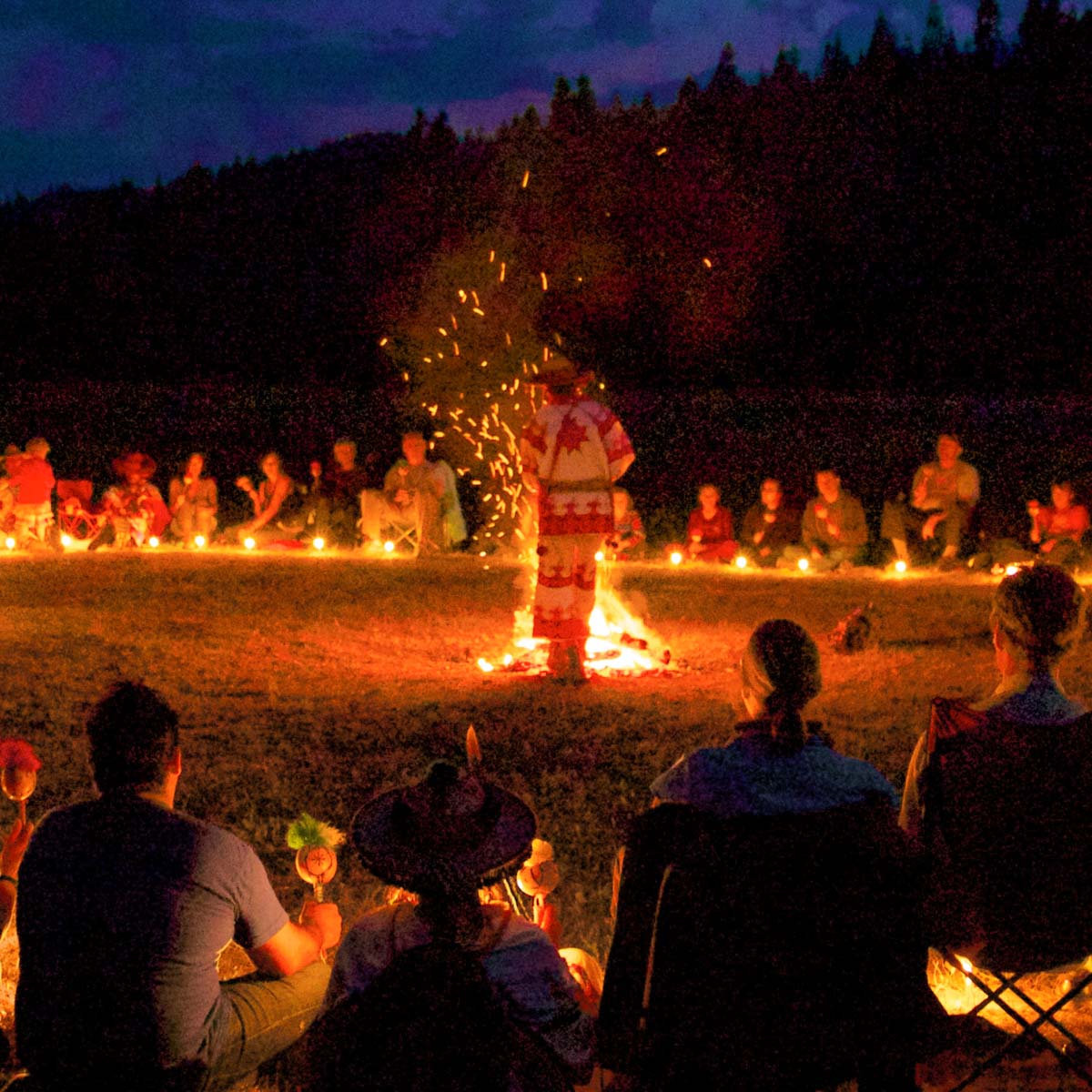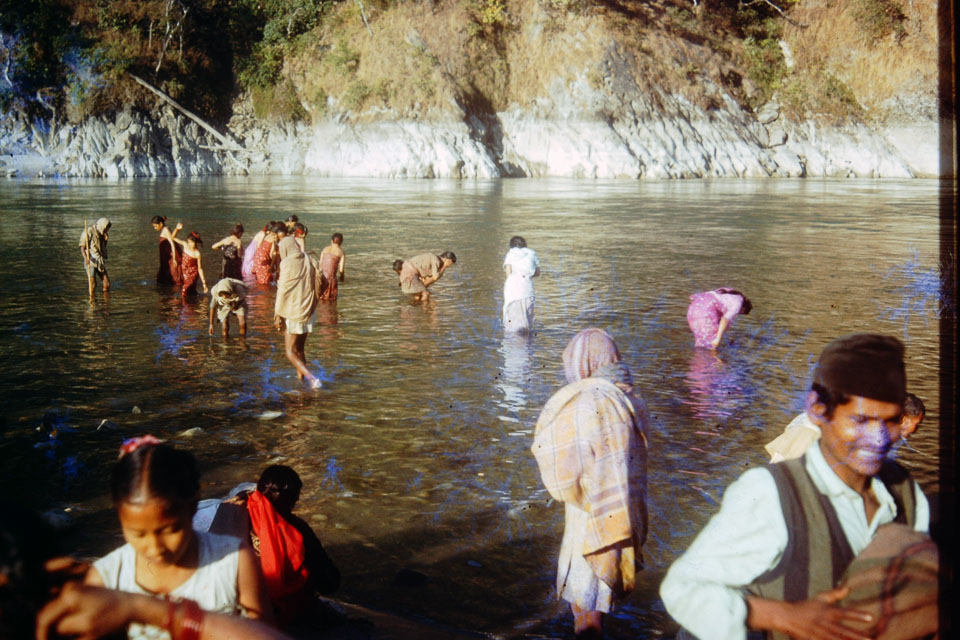Share this Article
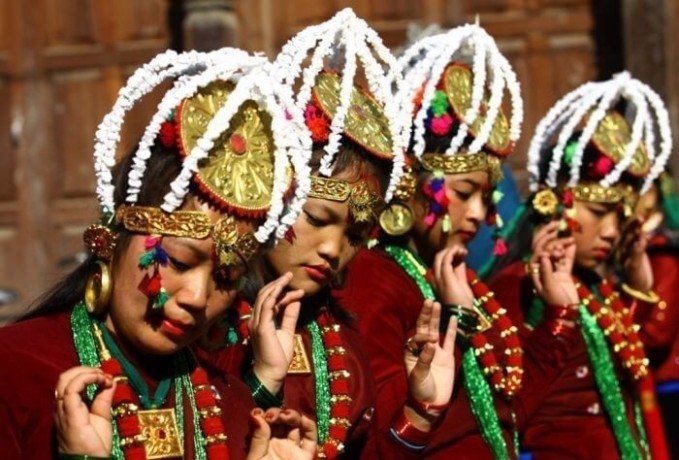
Introduction
The Ghale people are an important ethnic group in Nepal, primarily located in the Gorkha District and its surrounding regions. As part of the broader Gurung community, they are distinguished by their rich cultural heritage, unique traditions, and historical importance. The Ghale maintain a strong identity rooted in their noble ancestry, vibrant folklore, and deep ties to the Himalayan landscape.
Historically, the Ghale have significantly influenced Nepal's socio-political scene, particularly during the country's unification in the 18th century. Their noble status fosters a strong sense of pride and community. The Ghale language, known as Lila Ke, is crucial to their identity, serving as both a means of communication and a form of cultural expression.
Culturally, the Ghale are celebrated for their elaborate festivals, traditional music, and distinctive culinary practices, including their preference for mutton while avoiding pork and beef. Although they face modern challenges such as limited access to education and healthcare, the Ghale community shows resilience, striving to preserve their traditions while adapting to contemporary changes.
This article examines the history, language, social structure, dietary practices, and cultural significance of the Ghale people, emphasizing their contributions to Nepal's diverse ethnic landscape.
Historical Background
Origins
The Ghale people are thought to have migrated from Tibet centuries ago, bringing with them unique customs and a distinct language. Their folklore includes stories of Ghale Raja, an ancient king who ruled the Gurungs before being overthrown by the Khas kings of the Shah dynasty. This narrative highlights their noble heritage and cultural pride.
Social Hierarchy
The Ghale are regarded as the aristocrats among the Gurung people, often referred to as “Ghale Gurung.” They observe various ritual taboos similar to Brahmanical customs, which emphasize their status within the community. For example, they consume sheep meat but refrain from eating pork and beef, aligning with their cultural and religious beliefs.
Language
The Ghale language, Lila Ke, belongs to the Tibeto-Burman family and has several dialects, mainly categorized into Northern and Southern varieties:
- Northern Ghale: Spoken in the Gorkha District, this dialect has limited intelligibility with others and features unique vocabulary and pronunciation.
- Southern Ghale: Found in the lower Buri Gandaki Valley, this dialect shows influences from Tibetan and Nepali.
Despite the linguistic diversity, the Ghale language remains a vital aspect of their identity, facilitating cultural expression and community bonding.
Cultural Practices
Festivals
The Ghale celebrate a variety of festivals that highlight their vibrant culture. A notable event is Ghode Jatra, a horse-racing festival symbolizing bravery and community spirit. This festival includes:
- Traditional Dances: Folk dances performed during the celebrations.
- Rituals: Ceremonies aimed at warding off evil spirits, reflecting their spiritual beliefs.
- Communal Feasting: Sharing traditional dishes, especially mutton, among community members.
Marriage Customs
Marriage within the Ghale community often involves unions with second cousins, as first-cousin marriages are discouraged due to genetic concerns. The proposal process typically involves sending a representative to the girl's family with a small gift, such as a bottle of liquor and a rupee, to seek approval. Once accepted, the couple participates in traditional ceremonies that emphasize community involvement.
Daily Life and Occupations
The Ghale primarily engage in agriculture and animal husbandry, employing traditional farming techniques like terraced farming. Their agricultural practices are closely linked to the mountainous terrain of the Himalayas, enabling them to cultivate crops such as millet, barley, and potatoes.
Dietary Practices
The Ghale people adhere to specific dietary restrictions that reflect their cultural values:
- Permitted Meat: They consume sheep (mutton), which is central to their traditional cuisine and often featured in celebrations. Popular dishes include mutton curry and sekuwa (grilled meat).
- Prohibited Meat: The Ghale avoid pork and beef, following their ritual taboos and cultural practices, influenced by their Buddhist beliefs.
Notable Figures
Dr. Shesh Ghale
An Australian-Nepali billionaire, Dr. Shesh Ghale is known for his philanthropic efforts in Nepal, particularly in education and healthcare. He served as the Special Envoy for Nepal Earthquake Reconstruction in 2015, contributing significantly to rebuilding efforts after natural disasters.
Gaje Ghale
A celebrated Gurkha soldier, Gaje Ghale was awarded the Victoria Cross for his bravery during World War II. His legacy continues to inspire pride within the Ghale community, symbolizing courage and leadership.
Modern Challenges
The Ghale face several challenges in contemporary Nepal, including:
- Limited Access to Education and Healthcare: Many Ghale communities are situated in remote areas, hindering access to essential services.
- Cultural Erosion: As modernization progresses, younger generations may drift away from traditional practices and language.
- Economic Pressures: The shift toward urbanization and globalization threatens their agricultural lifestyle.
Resilience and Community Initiatives
Despite these challenges, the Ghale demonstrate resilience through community initiatives that promote sustainable tourism and cultural preservation. Efforts include:
- Cultural Festivals: Organizing events that celebrate their heritage and attract visitors.
- Language Preservation Programs: Initiatives aimed at teaching the Ghale language to younger generations.
- Sustainable Agriculture: Implementing practices that ensure food security while protecting the environment.
Conclusion
The Ghale people are a vital part of Nepal's diverse ethnic landscape. Their unique language, cultural practices, and historical significance contribute to the rich tapestry of Nepalese identity. By recognizing and supporting the Ghale community, Nepal can help preserve their extraordinary cultural heritage for future generations. Their resilience amid modern challenges highlights the strength of their community and the importance of cultural identity.
Categories:
Culture & Traditions
Tags:
Ghale
,
Cultural Dress


